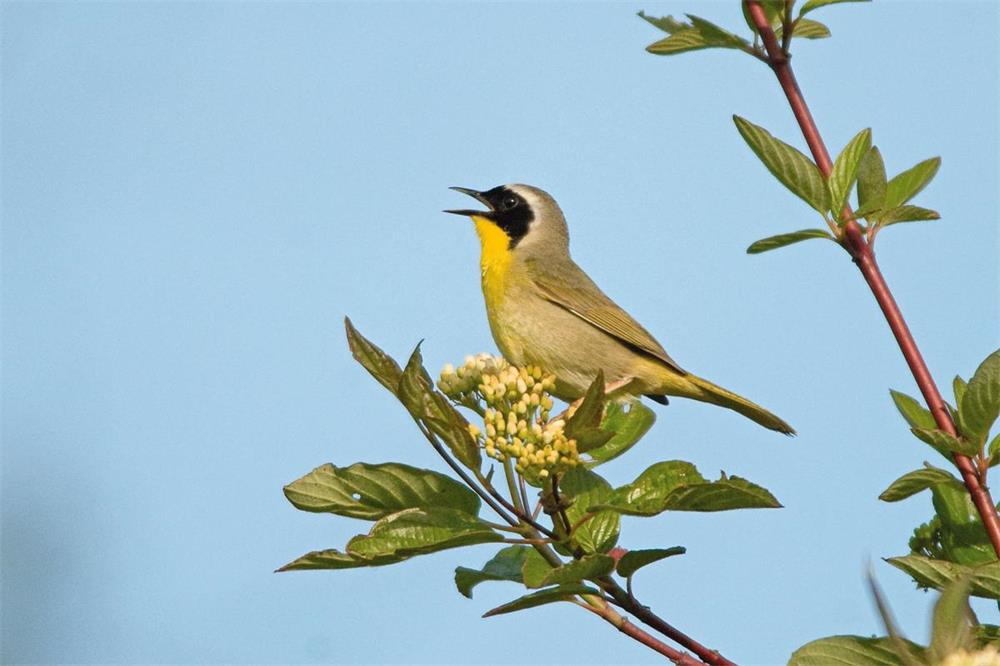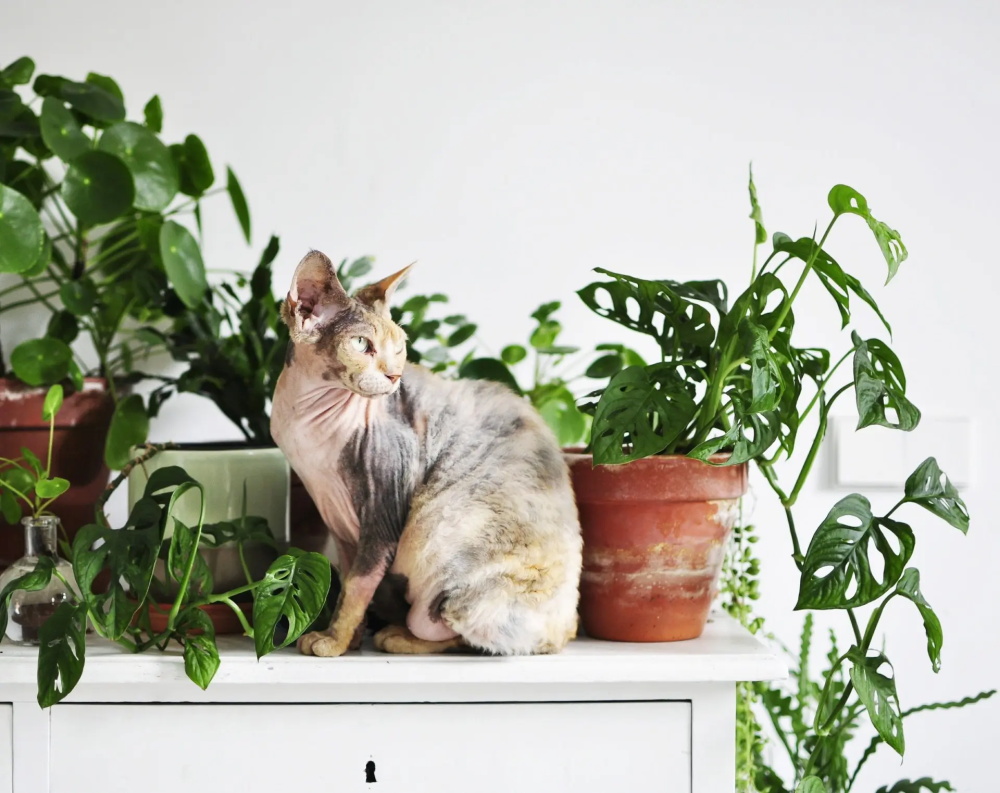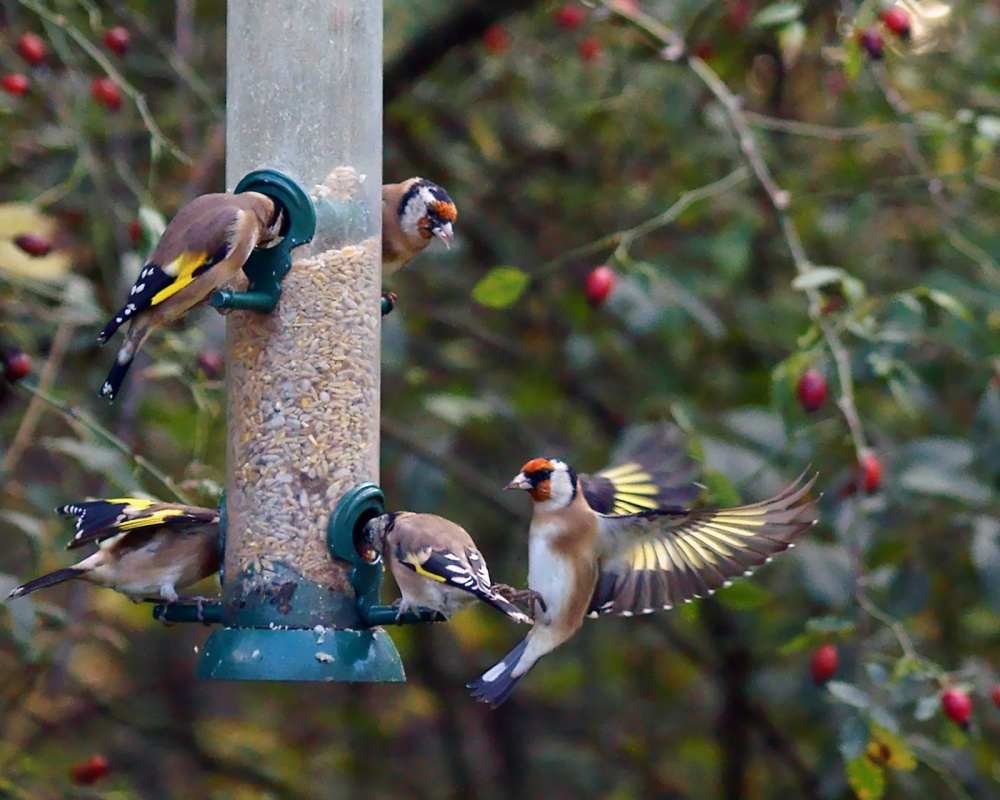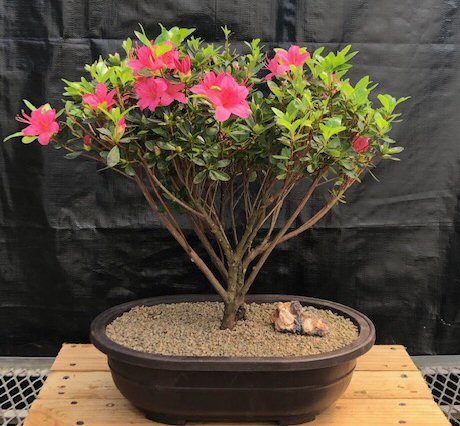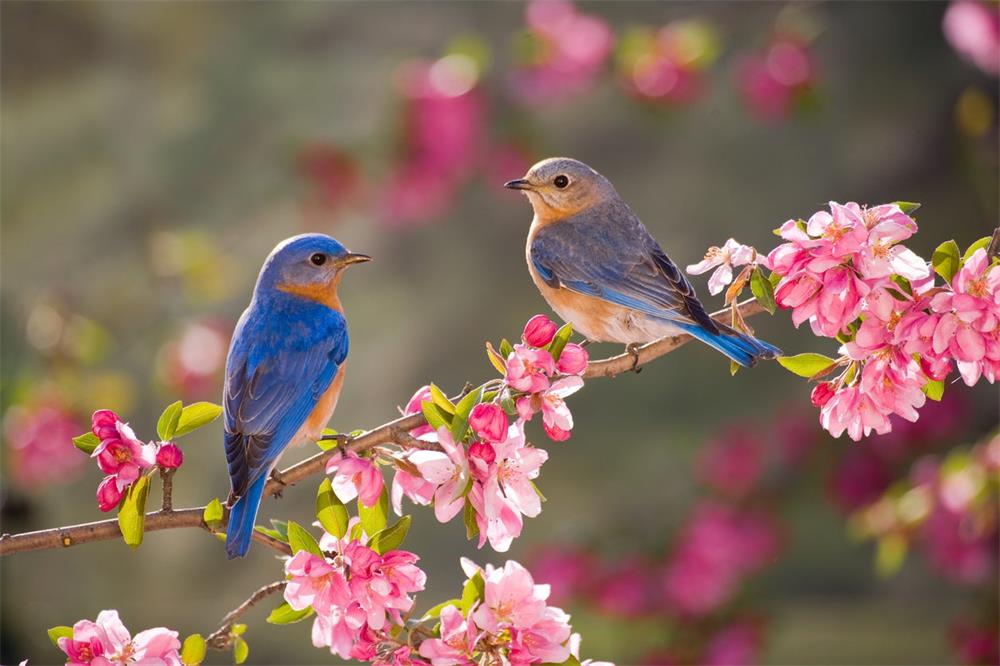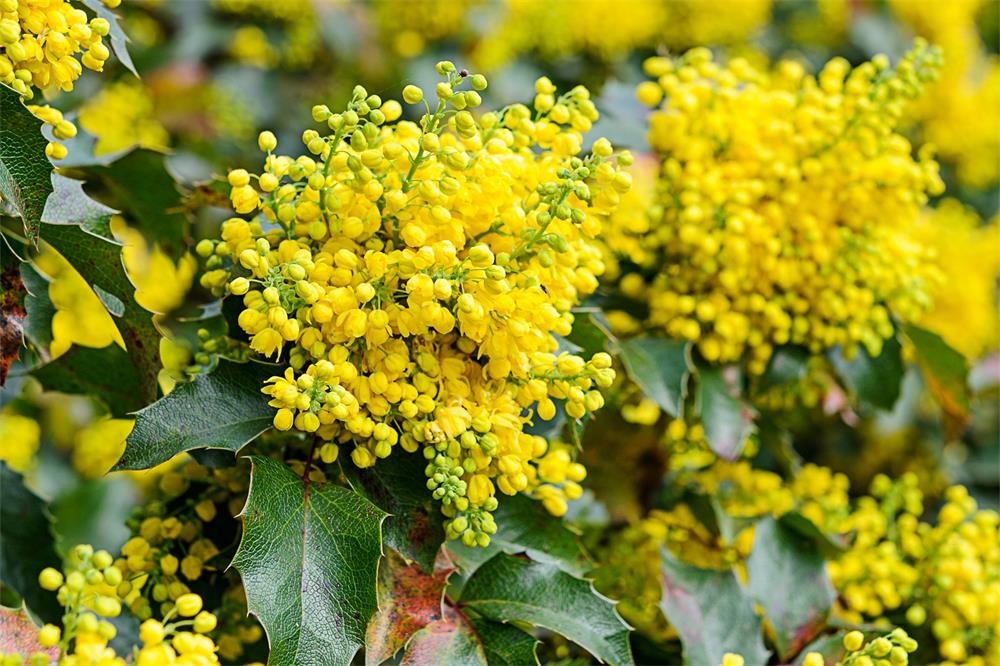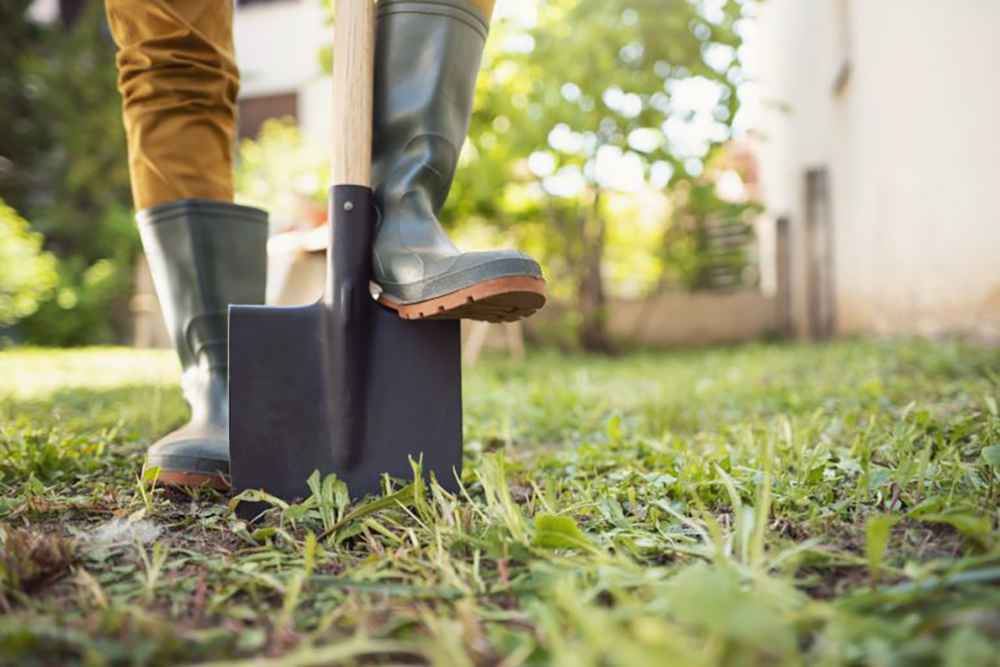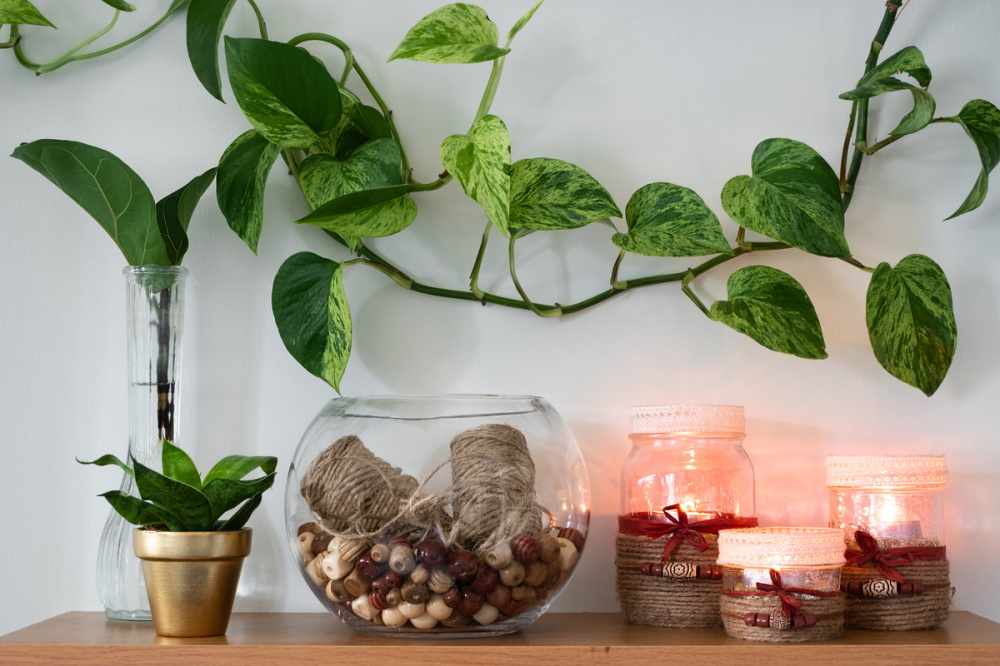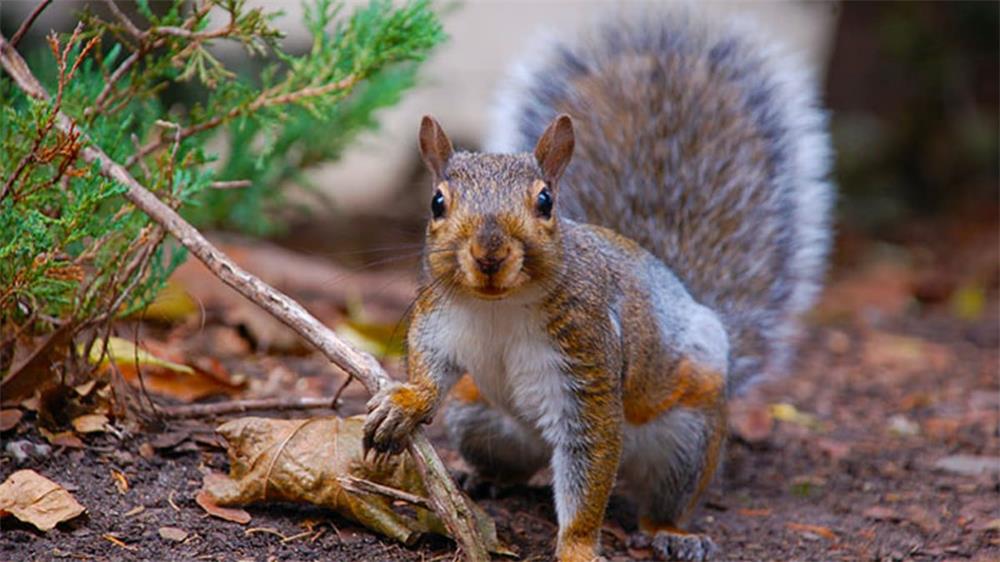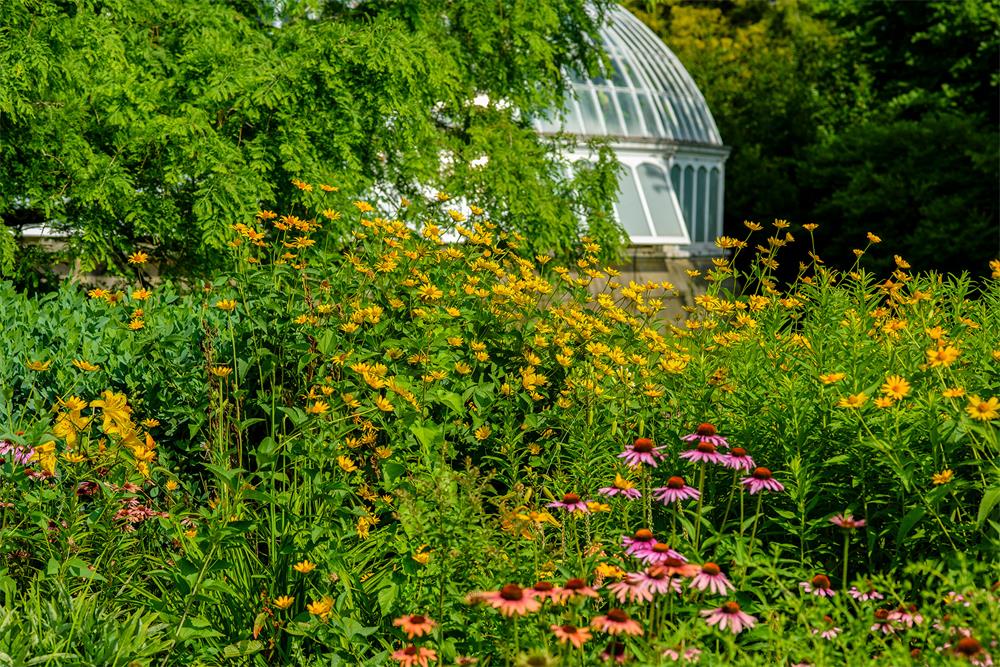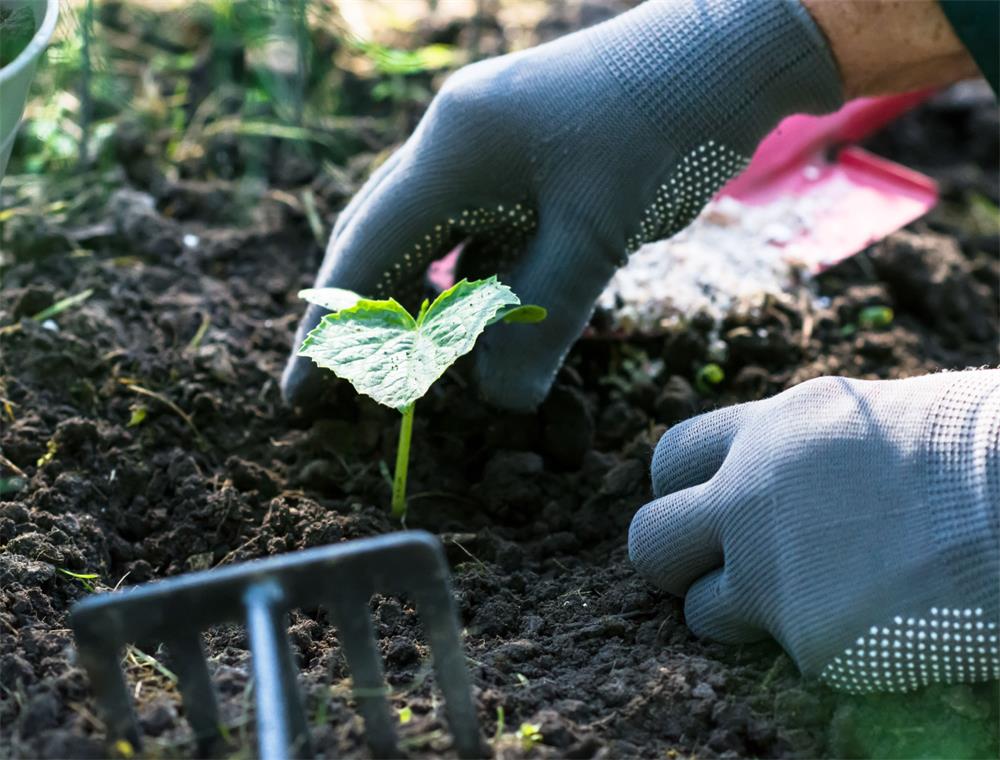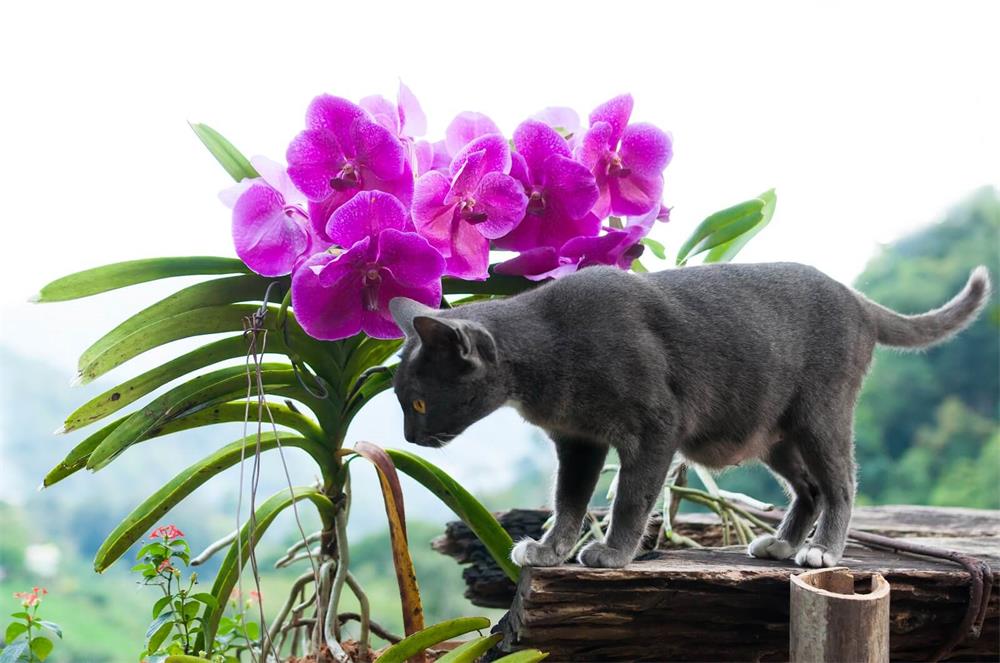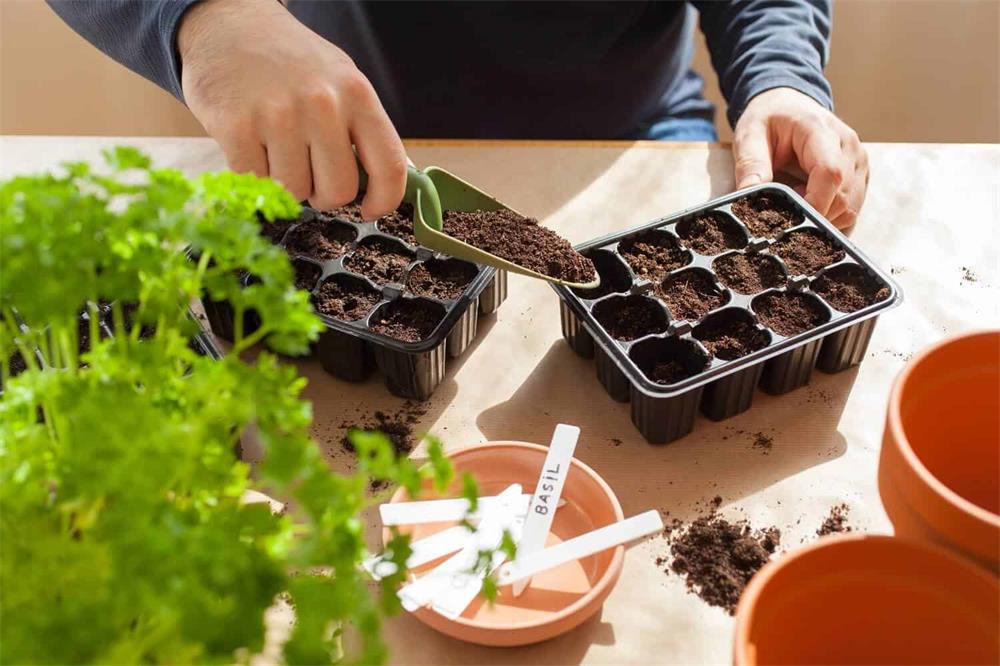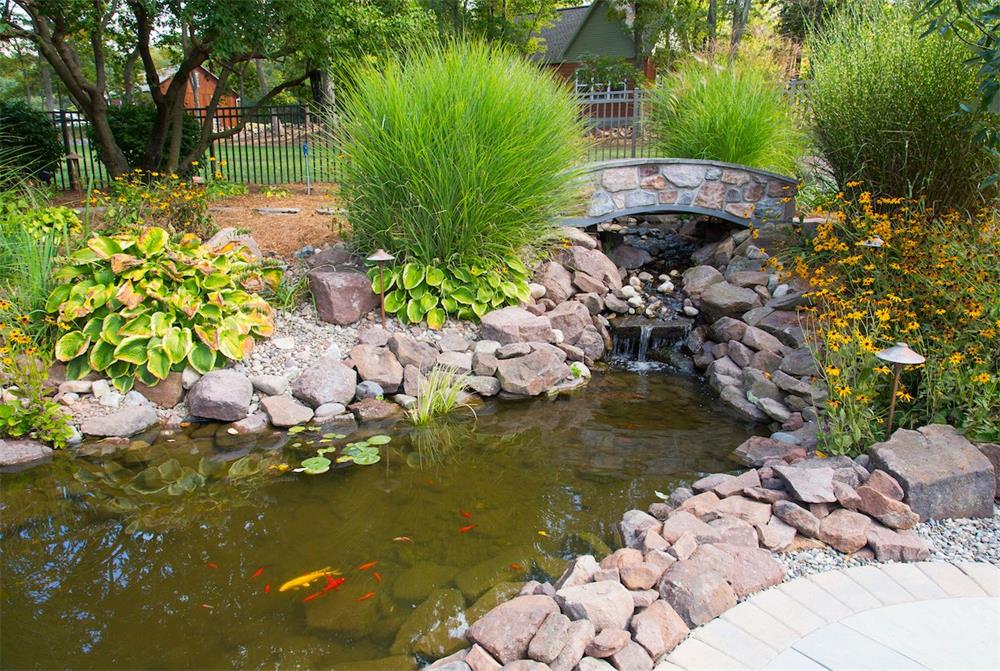
Table of Contents
A garden pond is more than just a decorative feature for your yard. It can also provide a habitat for wildlife, a soothing sound of water, and a relaxing place to enjoy nature. But building a garden pond requires some planning and preparation to ensure that it looks natural, works well, and lasts for a long time. Here are some tips to help you create your own garden pond.
Choose the Right Location and Size
The first step in building a garden pond is to decide where to put it and how big to make it. Ideally, you want to choose a location that gets at least six hours of sunlight per day, has good drainage, and is away from trees, power lines, and underground utilities. You also want to avoid areas that are prone to flooding or erosion.
The size of your pond will depend on your budget, space, and preferences. You can make your pond as small or as large as you want, but keep in mind that larger ponds require more materials, maintenance, and energy. A good rule of thumb is to make your pond at least 150 square feet (14 square meters) to have enough room for plants, fish, and other features.
Dig the Hole and Level the Perimeter
Once you have chosen the location and size of your pond, you need to dig the hole for it. You can use a shovel or an excavator for this task, depending on the size of your pond and the type of soil. You want to dig the hole about 6 inches (15 centimeters) deeper than the desired depth of your pond, to allow for some layers of materials below the water level.
The depth of your pond will affect its appearance and function. A deeper pond will be less visible from above, but it will also be more stable in temperature, less prone to algae growth, and more suitable for fish. A shallow pond will be more visible and attractive, but it will also be more affected by weather changes, more likely to freeze in winter, and less hospitable for fish. A good compromise is to make your pond between 18 and 24 inches (45 and 60 centimeters) deep.
One of the most important steps in digging the hole is to level the perimeter of the pond. This means that the entire edge of the pond should be at the same height as possible. If one part of the perimeter is lower than the rest, the water will overflow from that point and create an uneven water level. To level the perimeter, you can use a spirit level or a string level attached to stakes around the hole. You can also use a hose with water running through it to check the level.
Protect the Pond from Burrowing Animals
If you have burrowing animals in your yard, such as moles or groundhogs, you need to protect your pond from them. These animals can dig under your pond and damage the liner or cause leaks. To prevent this, you can lay down a metal mesh called hardware cloth on the bottom and sides of the hole before adding any other materials. Hardware cloth is a sturdy wire mesh that has small openings that prevent animals from getting through.
You can buy hardware cloth at most hardware stores or online. You need enough hardware cloth to cover the entire surface area of your hole plus some extra for overlapping. Cut the hardware cloth into pieces that fit your hole and lay them down on top of each other with some overlap. Secure them with wire ties or staples. Make sure there are no sharp edges or gaps that could puncture the liner.
Add Layers of Materials
After you have installed the hardware cloth, you need to add some layers of materials on top of it to create a smooth and cushioned base for your pond liner. The first layer is a layer of sand or gravel that covers the hardware cloth and fills any gaps or irregularities in the hole. You need about 2 inches (5 centimeters) of sand or gravel for this layer.
The second layer is a layer of underlayment that protects the liner from abrasion and punctures. Underlayment is a thick fabric that is specially designed for ponds. You can buy underlayment at most garden centers or online. You need enough underlayment to cover the entire surface area of your hole plus some extra for overlapping. Cut the underlayment into pieces that fit your hole and lay them down on top of each other with some overlap.
The third layer is the liner itself, which is the waterproof material that holds the water in your pond. The best type of liner for ponds is EPDM (ethylene propylene diene terpolymer), which is a durable rubber material that can withstand weathering, UV rays, and temperature changes. You can also use PVC (polyvinyl chloride), which is cheaper but less flexible and resistant than EPDM. You can buy liners at most garden centers or online. You need enough liner to cover the entire surface area of your hole plus some extra for draping over the edges. Cut the liner into pieces that fit your hole and lay them down on top of each other with some overlap.
Fill the Pond with Water and Trim the Excess Liner
After you have installed the liner, you need to fill the pond with water and trim the excess liner. You can use a garden hose or a pump to fill the pond with water. As the pond fills up, smooth out any wrinkles or folds in the liner and adjust the position of the liner as needed. Make sure the water level is even across the perimeter of the pond.
When the pond is full, you can trim the excess liner that hangs over the edges. Leave about 6 inches (15 centimeters) of liner around the perimeter for anchoring. You can use scissors or a utility knife to cut the liner, but be careful not to cut too much or too close to the water level.
Anchor and Decorate the Edges of the Pond
The final step in building a garden pond is to anchor and decorate the edges of the pond. This will hide the liner, secure it in place, and create a natural-looking transition between the pond and the surrounding landscape. There are many ways to anchor and decorate the edges of a pond, but one of the most common and easy methods is to use rocks or stones.
You can use any type of rocks or stones that you like, as long as they are large and heavy enough to hold down the liner and cover it completely. You can buy rocks or stones at most garden centers or online, or you can collect them from your yard or nearby areas. You need enough rocks or stones to cover the entire perimeter of your pond plus some extra for layering.
To anchor and decorate the edges of your pond with rocks or stones, follow these steps:
- Fold the excess liner over itself along the edge of the pond.
- Place a layer of rocks or stones on top of the folded liner, covering it completely and creating a stable base.
- Place another layer of rocks or stones on top of the first layer, overlapping them slightly and creating a natural-looking border.
- Repeat until you have covered all of the edges of your pond with rocks or stones.
- Fill any gaps or spaces between the rocks or stones with sand, gravel, soil, or mulch.
Add Plants, Fish, and Other Features
Now that you have built your garden pond, you can add plants, fish, and other features to make it more attractive and lively. Plants will add color, texture, and oxygen to your pond, as well as provide shelter and food for fish and other wildlife. Fish will add movement, interest, and natural pest control to your pond, as well as help balance the ecosystem. Other features such as fountains, waterfalls, lights, statues, or bridges will add beauty, sound, and personality to your pond.
There are many types of plants and fish that you can choose for your pond, depending on your climate, water quality, and preferences. You can buy plants and fish at most garden centers or online, or you can get them from other pond owners or local sources. You need enough plants and fish to fill your pond without overcrowding it.
To add plants, fish, and other features to your pond, follow these steps:
- Choose plants that are suitable for your pond’s depth, light exposure, and water temperature. Some common plants for ponds are water lilies, lotus, iris, cattails, pickerel weed, duckweed, hornwort, and anacharis.
- Choose fish that are compatible with each other and with your pond’s size, depth, and water quality. Some common fish for ponds are goldfish, koi, shubunkin, orfe, rosy red minnows, and mosquito fish.



